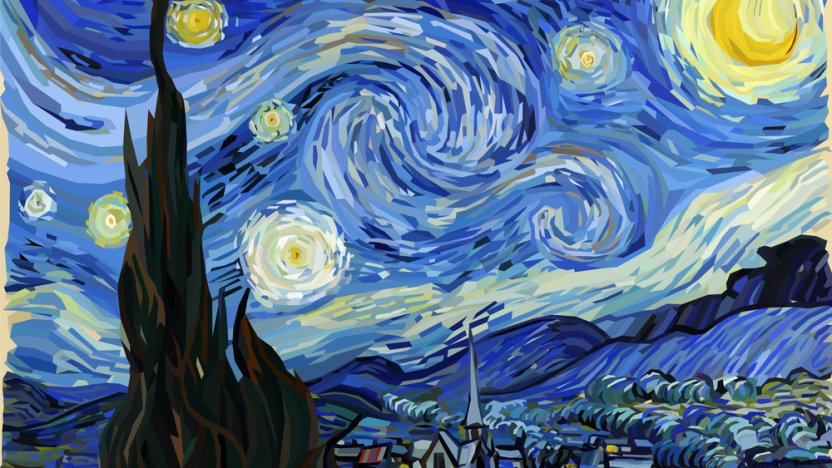A Deep Study one of the most Renowned Trump Artworks of Current Years
A Deep Study one of the most Renowned Trump Artworks of Current Years
Blog Article
Starting a Visual Trip Via the Lyrical Analyses of Nature in Stylist Landscapes
Each brushstroke, each play of light and shadow, and each color choice in their works speaks quantities concerning the musicians' deep connection to nature and their ability to convert its beauty onto the canvas. As we check out the lyrical analyses of nature in Stylist landscapes, we are invited to submerse ourselves in a world where reality and emotion intertwine, supplying a glance into the musicians' profound recognition for the all-natural world.
The Fascinating Brushstrokes of Claude Monet
Claude Monet's proficiency of brushstrokes transcends simple technique, imbuing his landscapes with a spiritual quality that fascinates and captivates audiences - trump art. His cutting-edge usage of shade and light, incorporated with his distinctive brushwork, develops a sense of activity and life within his paints. Monet's distinguished series of jobs showing water lilies and his legendary haystacks showcase his capability to record the short lived effects of light and ambience

Enjoying Light and Shadow With Camille Pissarro
Personifying a comparable reverence for the interplay of light and darkness, Camille Pissarro's imaginative vision unfolds as an unified expedition of the all-natural world's luminescent subtleties. Pissarro, a crucial figure in the Impressionist motion, masterfully recorded the vibrant relationship in between light and shadow in his landscapes. His experienced use of color and brushwork enabled him to convey the subtle changes in light that define different times of day and periods.
Pissarro's paintings commonly include dappled sunshine infiltrating leaves, casting elaborate patterns of light and darkness on the planet below. In works such as "Hoar Frost, the Result of Snow, Pontoise," Pissarro skillfully shows the crisp illumination of winter sunshine compared with the trendy shadows that specify the snowy landscape. By welcoming both light and darkness in his make-ups, Pissarro invites customers to submerse themselves in the natural elegance and short-term impacts of light in the world around them.

Via Pissarro's jobs, we are advised of the transformative power of light and darkness, welcoming us to pause and value the fleeting moments of beauty existing in the day-to-day landscapes that surround us.
A Harmony of Colors by Edgar Degas
Edgar Degas orchestrates a vivid harmony of colors in his masterful artworks, infusing his structures with a vibrant interaction of colors that captivate the audience's stare. Understood largely for his ballet dancers and intimate scenes of Parisian life, Degas skillfully manipulated colors to share mood and motion in his paintings. trump art. His use of vibrant, contrasting shades and refined tonal variants developed a sense of depth and vibrancy within his works
Degas' shade palette usually included abundant blues, deep eco-friendlies, and cozy oranges, which he used with confident brushstrokes to catch the significance of his topics. Whether portraying a ballerina mid-performance or a team of good friends chatting at a cafe, Degas' colors not only portrayed the scene yet also evoked a sense of feeling and power.
In Addition, Degas' experimentation with light and shadow added an additional layer of complexity to useful reference his color compositions, improving the general atmosphere of his paints (trump art). With his proficient adjustment of color, Degas created a visual harmony that remains to reverberate with customers today
Exploring Nature's Calmness With Berthe Morisot
Berthe Morisot's artistic vision offers a peaceful separation from the dynamic shade symphonies of Edgar Degas, as she catches the tranquility of nature in her expressive landscapes. Recognized for her fragile brushwork and intimate representations of everyday life, Morisot's landscapes emanate a sense of tranquility and consistency.
Morisot's paints often feature soft, muted tones that communicate a feeling of peace and tranquility. Her jobs, such as "The Cradle" and "Summertime's Day," display her ability to capture the subtle appeal of nature in a method that is both relaxing and reflective to the customer.
Unlike several of her Stylist counterparts who concentrated on dynamic structures and strong colors, Morisot favored to create mild, reflective scenes that welcome the visitor to stop briefly and reflect. With her masterful usage of light and darkness, Morisot produces a sense of harmony that resonates with the viewer on a deep psychological level.
The Psychological Landscapes of Vincent Van Gogh
Vincent Van Gogh's landscapes clearly convey a deepness of feeling via their vibrant brushwork and meaningful usage of shade. The Dutch post-impressionist artist is renowned for his capacity to capture raw and intense feelings in his paintings, transcending typical depictions of nature. Van Gogh's turbulent individual life, marked by psychological health battles, significantly affected his art, instilling his landscapes with a sense of worry, melancholy, or liveliness.
In works such as "Starry Night" and "Wheatfield with Crows," Van Gogh's swirling brushstrokes and vibrant shade choices stimulate an extensive psychological response from visitors. The turbulent skies and perturbed landscapes in his paintings mirror his internal turmoil and psychological turbulence, welcoming customers to dive right into the intricacies of his psyche.
Van Gogh's one-of-a-kind aesthetic language, identified by exaggerated viewpoints and vibrant usage of color, produces landscapes that reverberate important source with viewers on a deeply psychological level. Via his art, Van Gogh invites us to see nature not equally as an outside fact but as a mirror of our innermost sensations and feelings.
Final Thought
Finally, the impressionist landscapes of musicians such as Claude Monet, Camille Pissarro, Edgar Degas, Berthe Morisot, and Vincent Van Gogh supply a distinct and fascinating aesthetic interpretation of nature. Through their use of brushstrokes, emotion, light, and color, these musicians have produced a symphony of photos that evoke a sense of peacefulness and charm in the all-natural world. Their works proceed to motivate and enchant customers with their lyrical analyses of the landscapes around us.
Each brushstroke, each play of light and shadow, and each shade choice in their jobs talks volumes regarding the musicians' deep link to nature and their capability to equate its elegance onto the canvas. His cutting-edge usage of color and light, integrated with his unique brushwork, creates a sense of motion and life within his paints. His adept use of color and brushwork allowed him to share the subtle changes in light that websites define various times of day and seasons.

Report this page